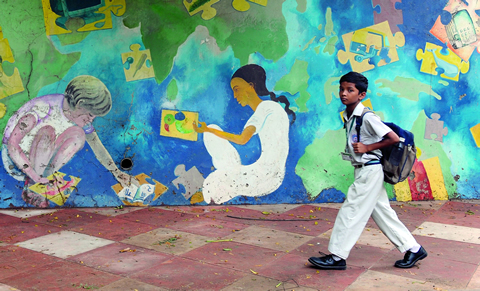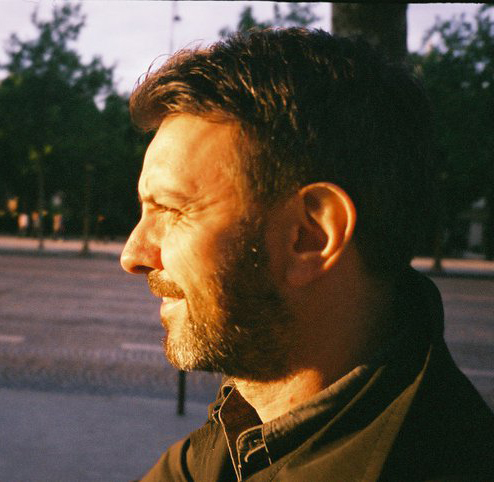When Normand Labrie began to teach in India, the first challenge he faced was being able to hear his students. His classes were located in the slums of Mumbai, a city of 20 million people, and situated on noisy street corners. Temperatures were typically in the high 30s, and, in rooms with no air conditioning, windows were necessarily kept open; honking horns often drowned out the voices inside. Labrie eventually got used to such conditions. “At a certain point, you stop sweating and start understanding,” he says. But the challenging teaching conditions were representative of the vast difficulties facing both the Indian education system and any foreigner trying to comprehend it.
In 2008, Labrie, a professor of sociolinguistics and associate dean at OISE, accompanied OISE dean Jane Gaskell on a fact-finding mission to India where he met many of the key players in the country’s education system. When his partner, a diplomat, was posted to Mumbai later that year, Labrie accompanied him in the hopes of “understanding a complex system from within.”
Labrie worked closely with local non-profit groups who have been striving to improve education in a country where the literacy rate is 40 per cent and two-thirds of students drop out. One of these groups, the Azim Premji Foundation, is building a new university inspired by OISE, Labrie says. This year, the foundation established a fellowship that will permit either one OISE doctoral student to conduct research in India or one education student from India to attend OISE. “There’s a very strong priority on education in India right now,” he says.
Initially just an observer, Labrie soon took on teaching duties of his own, assisting with classes in an after-school program for underprivileged students. In a country where the primary pedagogical tools are still textbooks and rote memorization, his methods were unorthodox. To teach geography, for example, he introduced the students to French aerial photographer Yann Arthus-Bertrand, who visited Mumbai last December to premiere his movie Home. In a history class where half the students were falling behind, Labrie had them create and perform in a YouTube video about India’s struggle for independence; in subsequent exams, the entire class succeeded.
Labrie left India cautiously optimistic. The country still faces great challenges in becoming a knowledge economy, he says, but one of most important steps in doing so is developing creative approaches to education. “This was the idea I was instilling: not that there’s a miracle recipe for teaching this or that subject, but that before you start teaching, you have to know how the kids learn.”
Recent Posts
U of T’s Feminist Sports Club Is Here to Bend the Rules
The group invites non-athletes to try their hand at games like dodgeball and basketball in a fun – and distinctly supportive – atmosphere
From Mental Health Studies to Michelin Guide
U of T Scarborough alum Ambica Jain’s unexpected path to restaurant success
A Blueprint for Global Prosperity
Researchers across U of T are banding together to help the United Nations meet its 17 sustainable development goals







2 Responses to “ A Year in Mumbai ”
Good professional practice
This is a story that needs to be made public to every teacher aspiring to bring about a change. It shows the effect of varying the nuances of teaching and reaching out to learners in a way that captivates them the most.